15 Rare Horror Movie Posters That Became Collector Treasures
Horror movie posters have become prized pieces of film history. The best ones capture a moment of fear that stays with you long after the lights come back on. Over the years, certain posters have turned into collector treasures worth thousands for their rare prints, bold designs, and cultural impact. From early monster classics to modern nightmares, these posters show how much power a single image can hold.
This post may contain affiliate links, which helps keep this content free. Please read our disclosure for more info.
Psycho (1960)
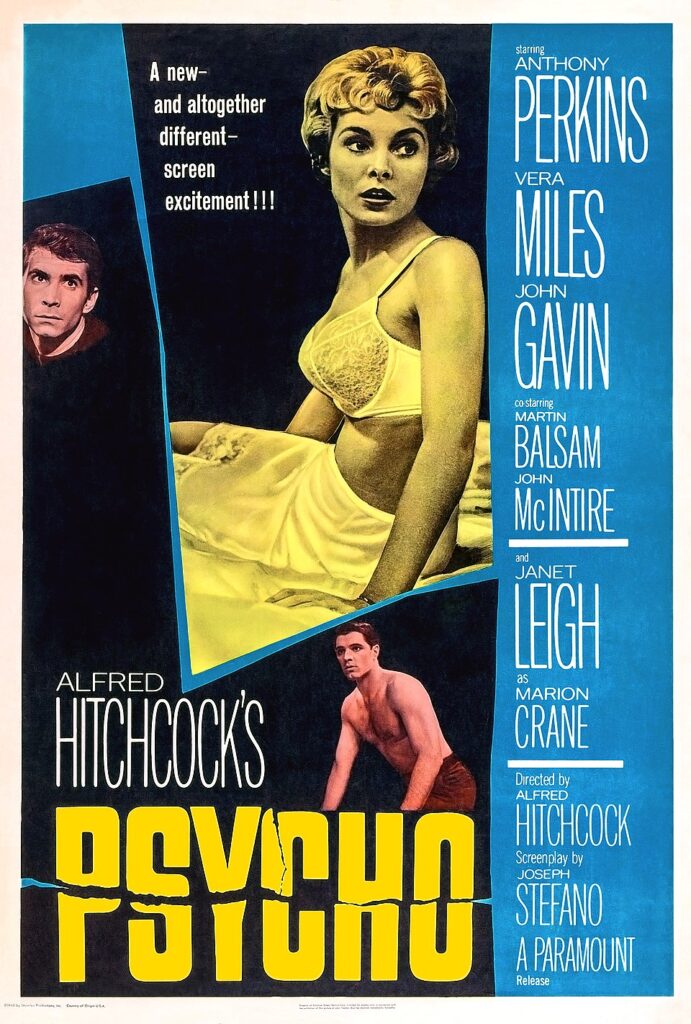
The Psycho poster from 1960 remains one of the most recognizable in cinema history. Featuring Janet Leigh’s startled expression and a splash of yellow, it mirrors the tension that made the film unforgettable. Collectors value its original prints for their connection to Hitchcock’s daring marketing approach, which urged audiences not to reveal the ending. Few posters captured a thriller’s mood so effectively.
Today, genuine first-run posters are hard to locate and often sold through specialty auctions. Prices range from several thousand dollars to well over ten thousand depending on condition and provenance. The imagery has been reused in countless reproductions, but only the early prints on thin paper with the 1960 release markings are true collector gold. Many fans frame them as centerpiece art for home theaters.
Halloween (1978)
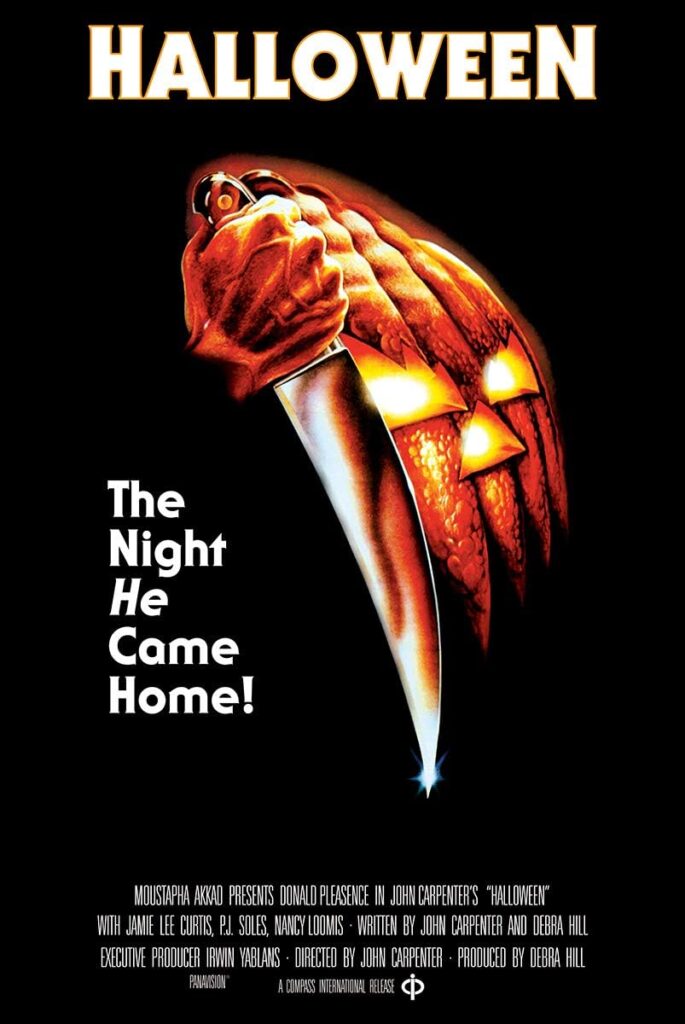
The Halloween poster featuring the glowing knife and pumpkin perfectly embodies the spirit of the slasher genre. Its simple yet haunting design became a visual shorthand for the fear of the unknown. The poster’s bold orange tones and sharp imagery made it instantly recognizable even to those who never saw the movie.
Original 1978 prints are highly collectible and often authenticated by their NSS (National Screen Service) code. Depending on condition, they can sell from $1,000 to $5,000. Fans treasure them for their nostalgic power and for representing the birth of the modern horror franchise era. The artwork remains one of the most reissued images in horror poster history.
The Exorcist (1973)
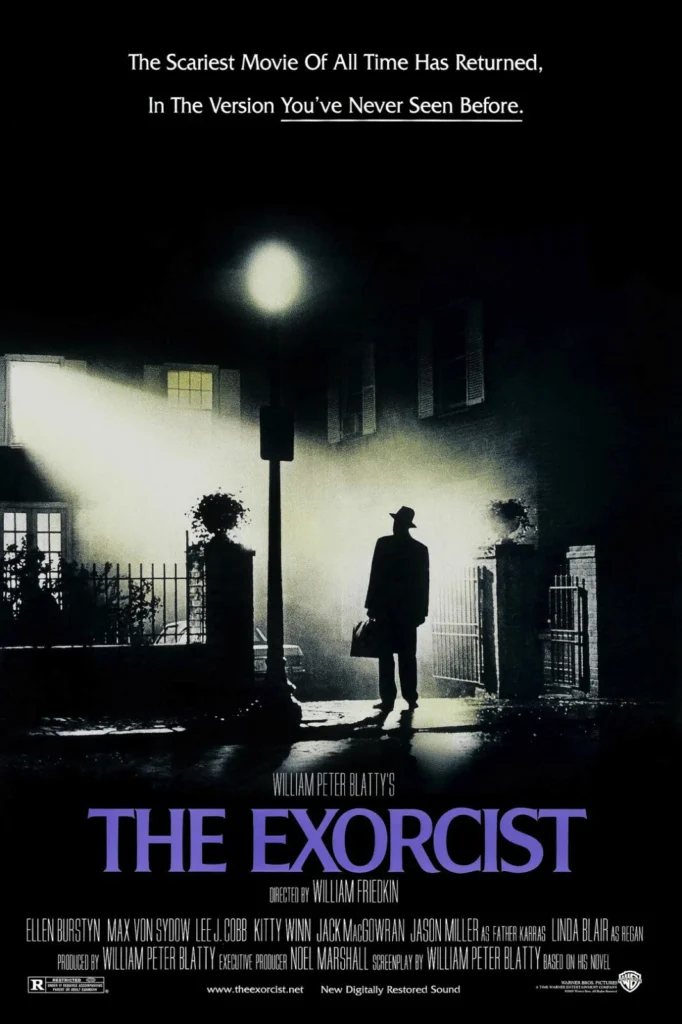
The haunting image of Father Merrin standing beneath the glowing window is the centerpiece of The Exorcist poster. It draws viewers in with its eerie calm, hinting at the darkness within. The stark lighting and stillness made it both mysterious and unsettling when it first appeared in theaters.
Collectors admire how the design captures the film’s quiet dread rather than relying on shock imagery. Original one-sheets are valuable, especially those in near-mint condition. They regularly reach prices over $3,000 at auction. Many enthusiasts consider it a masterclass in minimalism for horror marketing.
Jaws (1975)
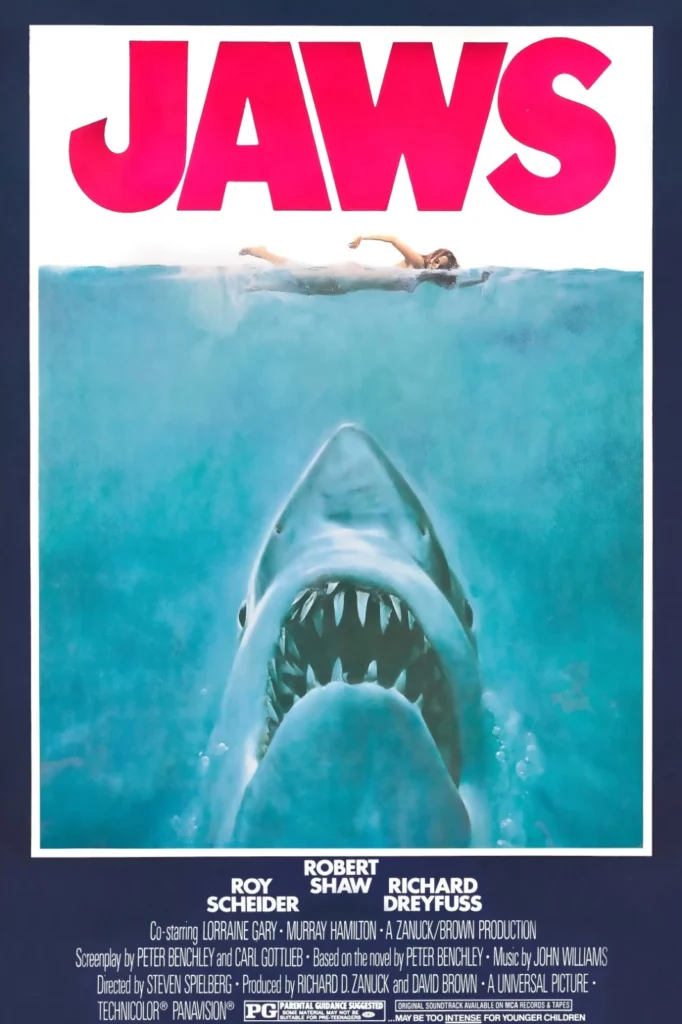
The Jaws poster is one of the most famous ever created. The image of the giant shark rising toward the unaware swimmer became a symbol of primal fear. Its blue gradient background and bold typography have been copied by countless artists since its release.
Early theatrical prints remain some of the most sought-after movie posters worldwide. Prices for originals range between $2,000 and $10,000, depending on their type and state of preservation. Collectors look for signs of authentic NSS markings, as reproductions are widespread. The poster continues to define summer thrillers to this day.
The Texas Chain Saw Massacre (1974)
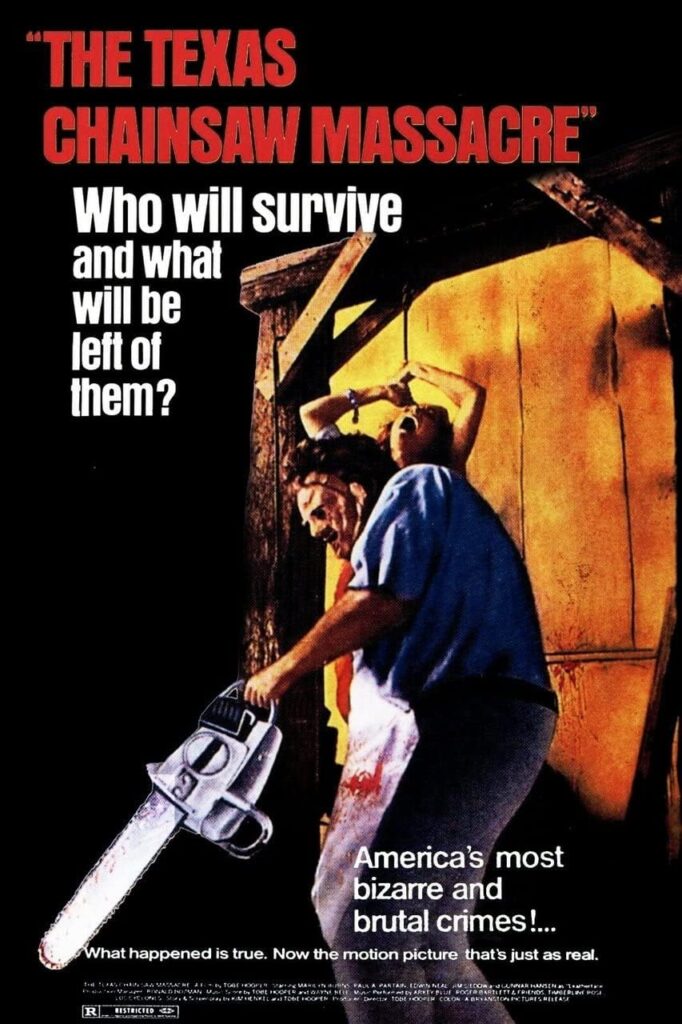
Few posters match the raw energy of The Texas Chain Saw Massacre. The artwork featured a chilling tagline promising true events and a disturbing image of Leatherface mid-action. Because of censorship issues and limited distribution, original posters were printed in small numbers.
That scarcity made them rare collector items. Early U.S. one-sheets can command prices exceeding $5,000. Many have yellowed edges or fold marks that prove authenticity. Owning one is like holding a piece of horror’s rebellious 1970s spirit, when films broke rules and terrified audiences in new ways.
Nosferatu (1922)
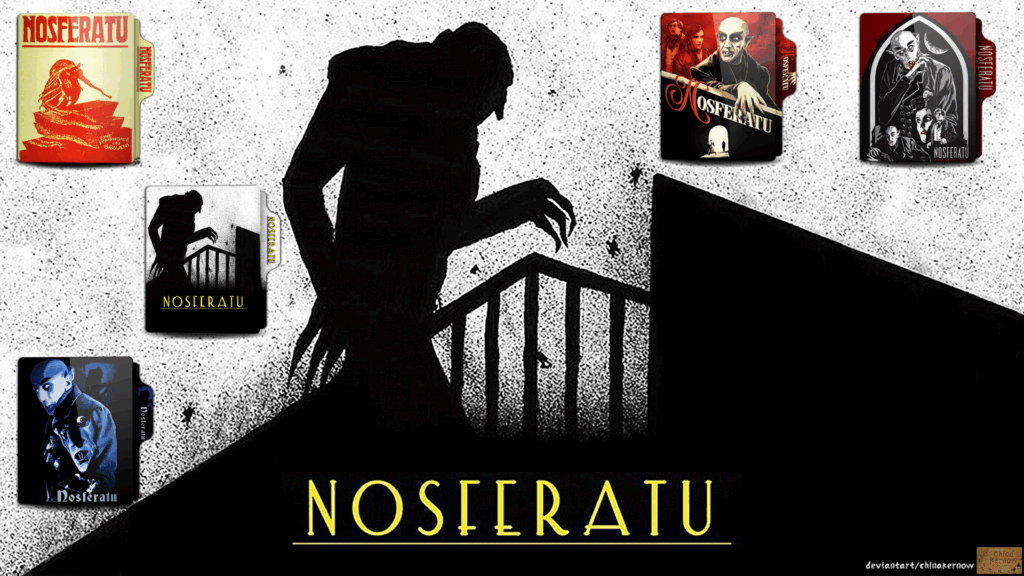
As one of the earliest horror films, Nosferatu inspired some of the rarest posters in existence. Original lithographs are so scarce that only a handful have been confirmed to survive. Their silent-era art, usually depicting Count Orlok’s shadow or eerie profile, evokes pure gothic dread.
These posters are museum-level items and can sell for hundreds of thousands of dollars if found. Even reproductions from later decades carry value because of the film’s legendary status. Collectors prize them for their connection to horror’s silent roots and for the haunting artistry of early cinema advertising.
Dracula (1931)
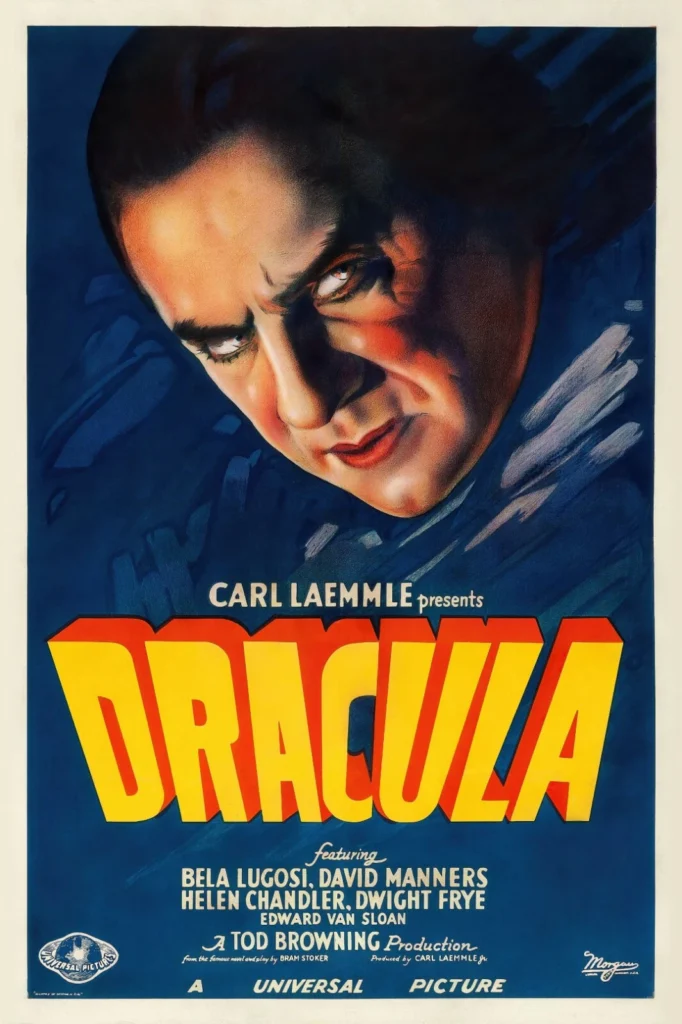
The Dracula poster featuring Bela Lugosi’s hypnotic stare set the visual standard for all vampires that followed. Its design balanced menace with elegance, showcasing the power of Universal’s early monster era. Many early prints were destroyed after use, leaving only a few examples today.
Those surviving copies are among the rarest posters in film history. In top condition, they can fetch several hundred thousand dollars at auction. Serious collectors regard them as the crown jewel of horror memorabilia. Each piece represents a turning point in Hollywood’s fascination with the supernatural.
Frankenstein (1931)
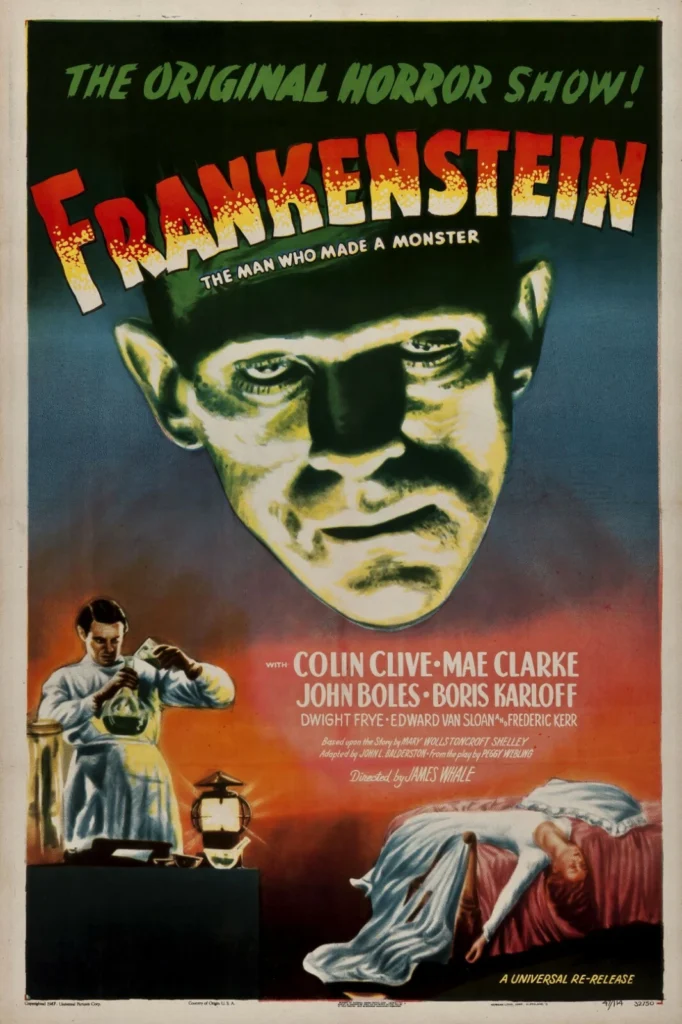
The Frankenstein poster introduced audiences to Boris Karloff’s unforgettable monster with shocking realism. Its dramatic lighting and color palette made it leap off theater walls. Universal’s advertising team created several versions, each featuring different art styles and taglines.
Original first-run one-sheets are among the most valuable posters ever made. A pristine example sold for over $300,000, proving its elite status among collectors. Even reissues from the 1940s and 1950s hold strong value. Owning one connects fans directly to a pivotal moment in horror cinema.
The Bride of Frankenstein (1935)
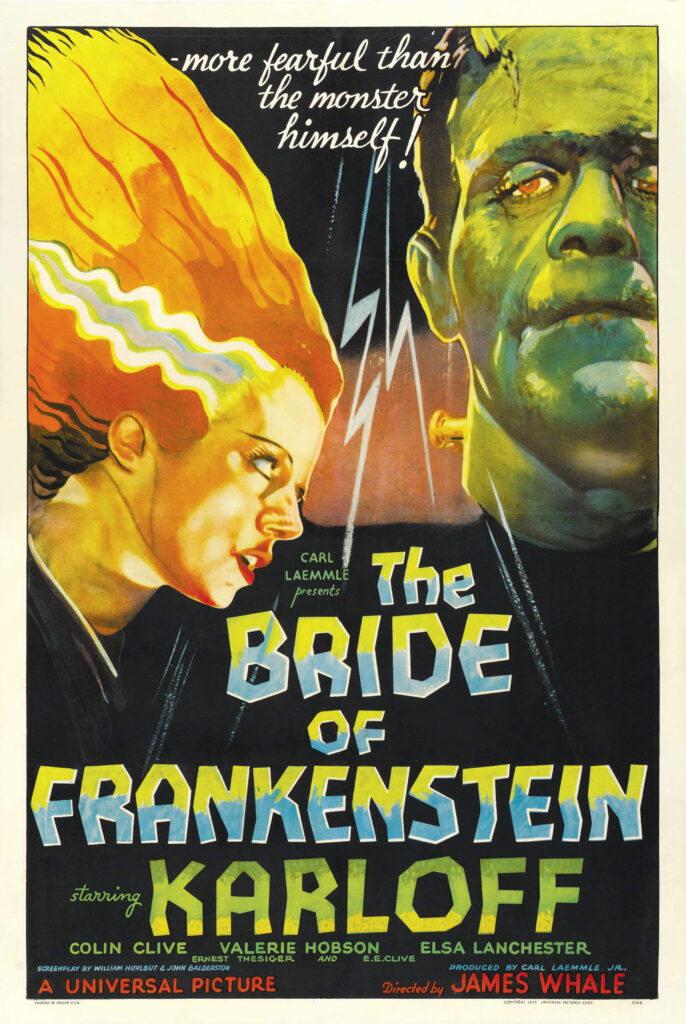
The Bride of Frankenstein poster shines with vibrant teal and red tones that grab attention instantly. Elsa Lanchester’s image as the Bride gave the piece an otherworldly beauty that set it apart. Its dramatic lightning design and tagline promised both terror and tragedy.
Collectors love its mix of romance and horror imagery. Original one-sheets are extremely scarce and can command upward of $100,000. Even smaller window cards and lobby posters fetch impressive sums. Its visual artistry remains unmatched among classic monster promotions.
Night of the Living Dead (1968)
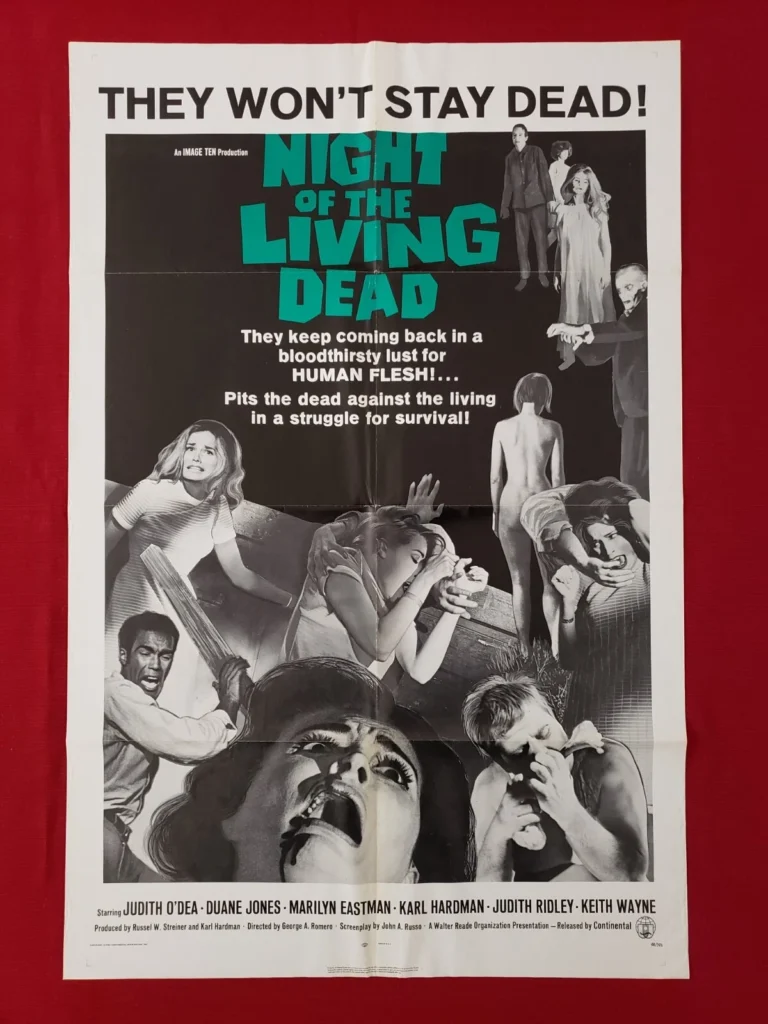
The Night of the Living Dead poster reflected the gritty, low-budget energy of George Romero’s independent masterpiece. Printed in small batches, the design used stark black-and-white stills from the film with distressed typography. Its rough edges matched the movie’s raw tone.
Few original posters remain, since most were discarded after regional showings. Those that survive are worth thousands due to the film’s cult following. They symbolize the birth of the modern zombie genre and the spirit of underground horror filmmaking. Collectors often regard it as a symbol of rebellion in cinema.
A Nightmare on Elm Street (1984)
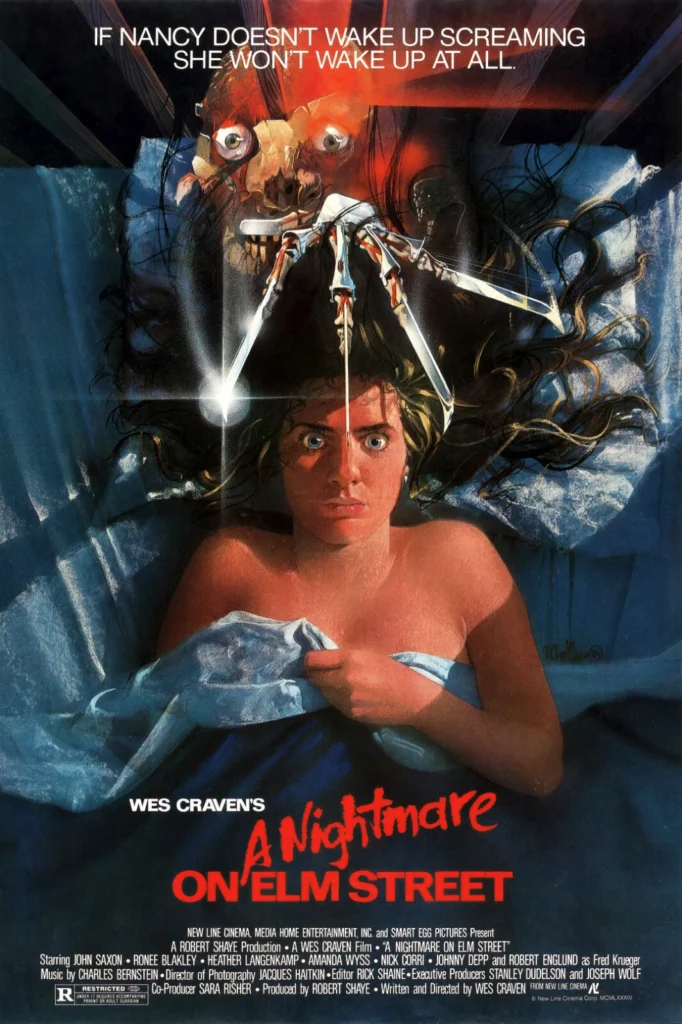
The A Nightmare on Elm Street poster pulled viewers straight into Freddy Krueger’s dream world. The surreal image of a terrified girl beneath razor-like shadows captured the film’s strange tension. Designed by Matthew Peak, it became one of the most recognizable visuals of the 1980s.
Original theatrical versions are popular collector finds, typically ranging from $300 to $1,500. Mint-condition posters with studio credits command higher prices. Many fans prefer this artwork over later franchise posters because it conveys both fear and fantasy. It remains a must-have piece for horror enthusiasts.
The Shining (1980)
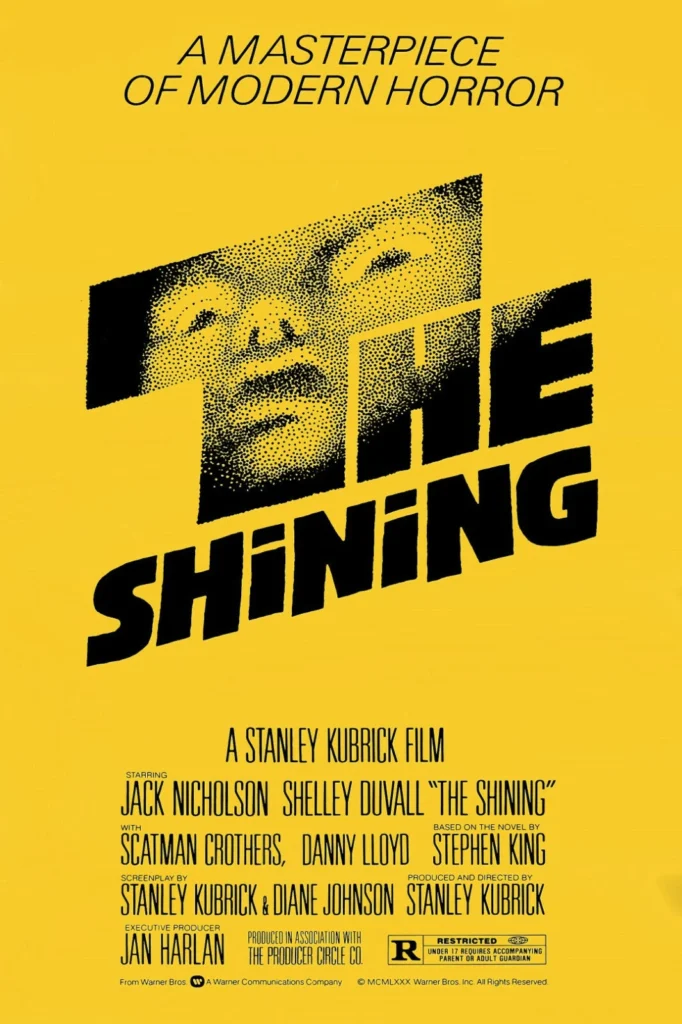
Saul Bass’s minimalist yellow poster for The Shining remains a design classic. The bright background and hidden screaming face created unease before viewers even entered the theater. Its simplicity contrasted with the film’s growing madness, making it unforgettable.
Original versions with the correct 1980 release credits are especially valuable. Prices can range from $1,000 to $3,000, depending on rarity and paper quality. Collectors appreciate Bass’s design genius and his ability to turn minimal art into lasting tension. It is a centerpiece for anyone building a horror poster collection.
Suspiria (1977)
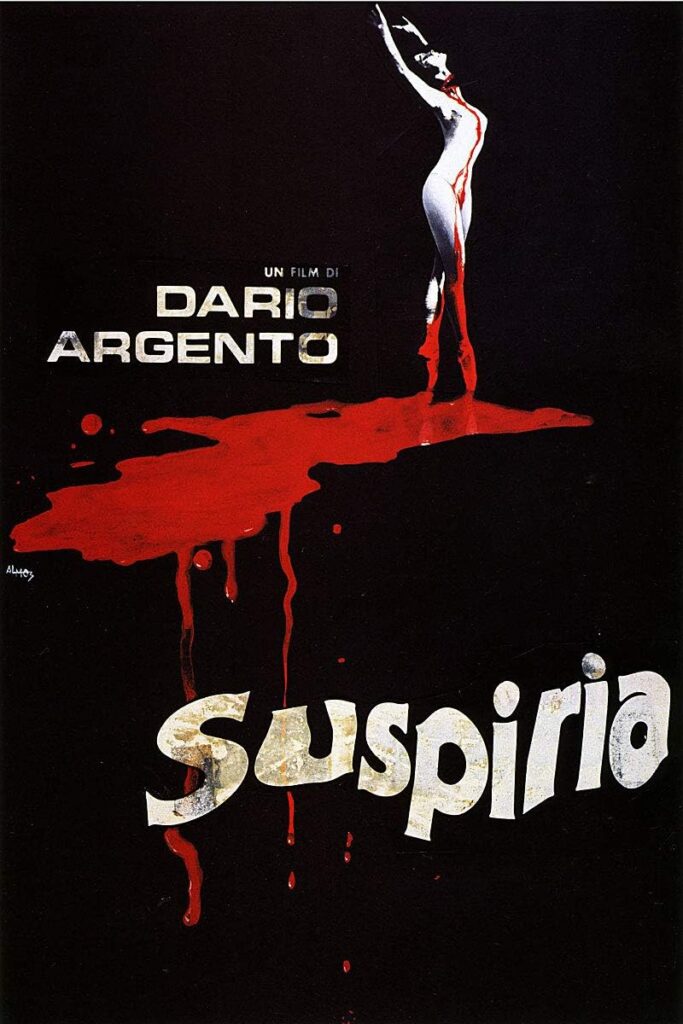
The Italian Suspiria poster stands out for its striking red palette and stylized ballet imagery. Its bold visual style mirrored Dario Argento’s approach to filmmaking. The design feels more like fine art than traditional promotion, making it popular with both horror and art collectors.
Original Italian and Japanese posters are especially rare. Prices can climb into the thousands for well-preserved versions. Fans are drawn to how the artwork captures the film’s surreal tone without revealing much of the plot. It’s a striking example of horror meeting elegance.
Creature from the Black Lagoon (1954)
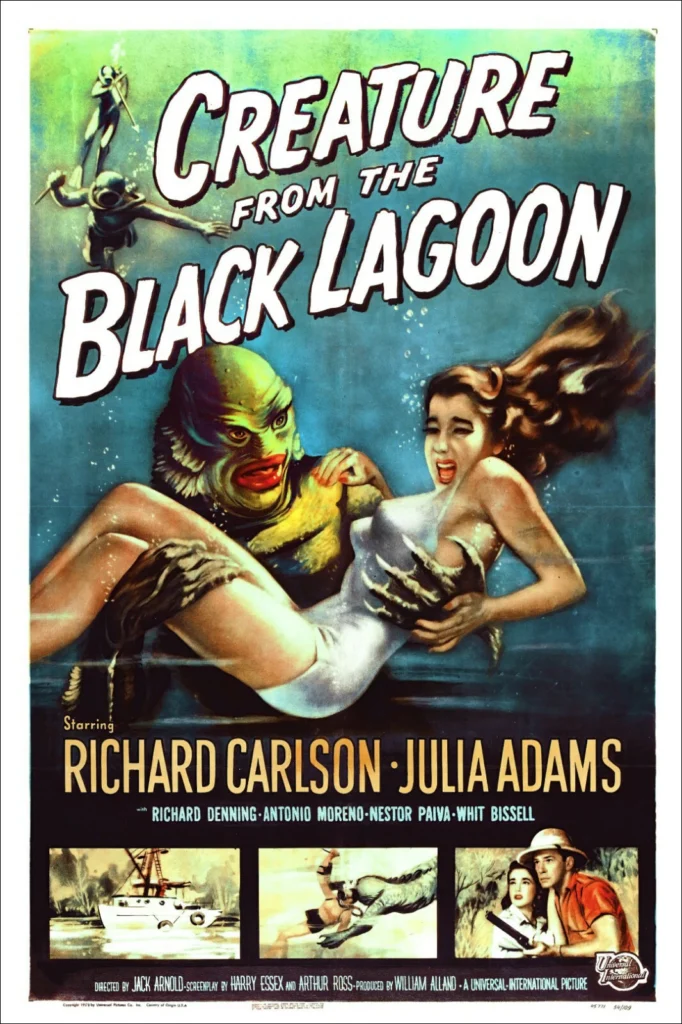
The Creature from the Black Lagoon poster embodies 1950s monster movie excitement. With vivid underwater scenes and the Creature’s menacing figure, it promised thrills that delivered on-screen. The design captured both horror and adventure, which helped draw massive audiences.
Original 3D release versions are particularly valuable today. Prices can exceed $10,000, especially for posters with bright color and minimal wear. Collectors view it as a perfect example of mid-century movie art. It represents the golden age of Universal’s monster legacy.
The Thing (1982)
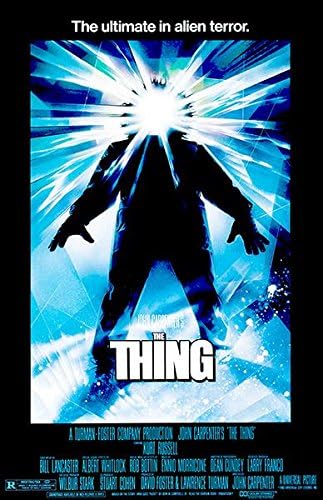
Drew Struzan’s poster for The Thing uses a glowing figure against a snowy backdrop to suggest fear without showing a face. The mystery of the image mirrors the paranoia central to the film. It quickly became one of Struzan’s most celebrated works and a defining sci-fi horror image.
Original one-sheets are moderately rare but growing in value as the film’s reputation has soared. Early prints can sell for $1,000 or more depending on condition. Collectors admire the balance of suspense and art in its design. It remains one of the most recognizable posters of the 1980s horror renaissance.
This article originally appeared on Avocadu.
